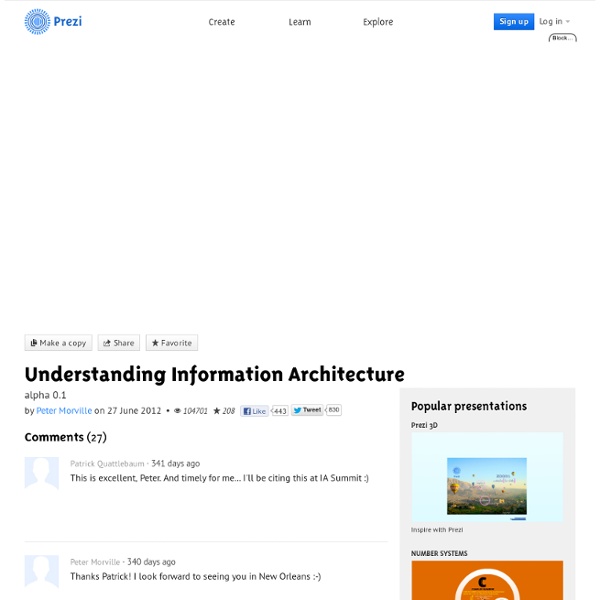



Open, free access to academic research? This will be a seismic shift | David Willetts Wikipedia's Jimmy Wales will be helping ensure that the publicly funded portal promotes collaboration and engagement. Photograph: Peter Macdiarmid/Getty My department spends about £5bn each year funding academic research – and it is because we believe in the fundamental importance of this research that we have protected the science budget for the whole of this parliament. We fund this research because it furthers human knowledge and drives intellectual, social and economic progress. In line with our commitment to open information, tomorrow I will be announcing at the Publishers Association annual meeting that we will make publicly funded research accessible free of charge to readers. Giving people the right to roam freely over publicly funded research will usher in a new era of academic discovery and collaboration, and will put the UK at the forefront of open research. The challenge is how we get there without ruining the value added by academic publishers.
10 Reasons Why We Visualise Data THATCamp THATCamp (The Humanities and Technology Camp) is a user-generated unconference for technologists and humanities professionals, including university and college faculty, librarians and archivists, and museum staff. Participants set the agenda for work and discussion on the fly, in the manner of a BarCamp. [1][2] The THATCamp concept was founded at the Center for History and New Media at George Mason University in 2008. In August, 2009, the first THATCamp held outside of the George Mason campus took place at the University of Texas in conjunction with the annual meeting of the Society of American Archivists.[3] The organizers of THATCamp Austin shared information on how they organized the conference, which served as motivation for the rapid development of additional regional meetings.[4] By March, 2010 demand for assistance was great enough that CHNM received a grant from the Andrew W. See also[edit] References[edit] External links[edit]
Data mining Process of extracting and discovering patterns in large data sets Data mining is the process of extracting and discovering patterns in large data sets involving methods at the intersection of machine learning, statistics, and database systems.[1] Data mining is an interdisciplinary subfield of computer science and statistics with an overall goal of extracting information (with intelligent methods) from a data set and transforming the information into a comprehensible structure for further use.[1][2][3][4] Data mining is the analysis step of the "knowledge discovery in databases" process, or KDD.[5] Aside from the raw analysis step, it also involves database and data management aspects, data pre-processing, model and inference considerations, interestingness metrics, complexity considerations, post-processing of discovered structures, visualization, and online updating.[1] Etymology[edit] Background[edit] The manual extraction of patterns from data has occurred for centuries. Process[edit]
Data visualization Data visualization or data visualisation is viewed by many disciplines as a modern equivalent of visual communication. It is not owned by any one field, but rather finds interpretation across many (e.g. it is viewed as a modern branch of descriptive statistics by some, but also as a grounded theory development tool by others). It involves the creation and study of the visual representation of data, meaning "information that has been abstracted in some schematic form, including attributes or variables for the units of information".[1] A primary goal of data visualization is to communicate information clearly and efficiently to users via the information graphics selected, such as tables and charts. Effective visualization helps users in analyzing and reasoning about data and evidence. It makes complex data more accessible, understandable and usable. Data visualization is both an art and a science. Overview[edit] Indeed, Fernanda Viegas and Martin M. Graphics reveal data. Terminology[edit]
Digital humanities The Digital Humanities are an area of research, teaching, and creation concerned with the intersection of computing and the disciplines of the humanities. Developing from the fields of humanities computing, humanistic computing,[2] and digital humanities praxis (dh praxis[3]) digital humanities embrace a variety of topics, from curating online collections to data mining large cultural data sets. Digital humanities (often abbreviated DH) currently incorporate both digitized and born-digital materials and combine the methodologies from traditional humanities disciplines (such as history, philosophy, linguistics, literature, art, archaeology, music, and cultural studies) and social sciences [4] with tools provided by computing (such as data visualisation, information retrieval, data mining, statistics, text mining) and digital publishing. Objectives[edit] A growing number of researchers in digital humanities are using computational methods for the analysis of large cultural data sets.
Comprehending the Digital Humanities Comprehending the Digital HumanitiesTopologyTopicsDocumentsDataFurther Research I decided to run this quick project after working a bit with the MALLET topic modeling kit from UMASS-Amherst. While I don’t have a background in text analysis, I found topic modeling proved extremely useful when integrated with other techniques I was more familiar with. I found fifty such texts after a cursory search, followed by a few private requests as well as a quick note to the Humanist mailing list. After identifying the texts of this corpus, I ran two drafts of analysis and interpretation of the MALLET end product using Gephi. I kept all words that had over 10 instances and any words under 10 instances that were connected to four or more topics. This indicates the association between a document (column 1 and 2) and a topic (Column 3) and its strength (Column 4). I present the results in the Topology page, with many visualizations and not too many explanations.